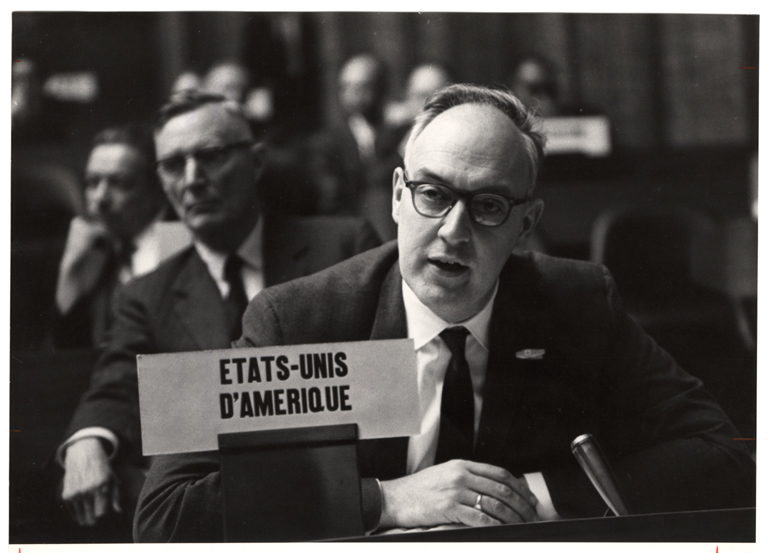It is a new world in health care as America grapples with an epidemic of opioid drug abuse. The Centers for Disease Control and Prevention reported that opioid overdoses killed over 28,000 people nationwide in 2014, more than ever before.
From heart-valve infections to drug overdoses, the casualties of this epidemic wash up in our hospitals. It has changed my hospital service significantly. Almost every day, we try to save a young person dying from infectious complications of injection drug use.
Addicted patients usually bond with their providers over the shared goal of healing. Yet these interactions, which often bridge divides of class, culture and personal psychology, can break down. When addicted patients inject drugs in the hospital, doctors and nurses can find themselves cast in the role of disciplinarians, even jailers.
Confining patients to their rooms, restricting their activities and posting guards is expensive. It may also compromise a patient’s well-being: Ambivalent providers may visit less often, educate patients less avidly and spend less time devising the best treatments.
The worst effect of confining addicted patients in the hospital may be the damage to the patient-provider bond.
To read more, including my proposal to let opioid users inject in the hospital, check out my new op-ed at The New York Times.
Also, check out my new 8-minute radio spot about the topic at for Word of Mouth by Virginia Prescott at NHPR. It was also a trip to appear on Sirius XM's widely-syndicated Michael Smerconish show, although a recording has not been archived. The controversy the post created was nicely covered in Concord's Union Leader.

![[ M U R M U R S ]](http://images.squarespace-cdn.com/content/v1/51efa33ce4b09afa04cb2a66/1376911411704-LDY4UEIH1WRGPUXTMLJU/Logo.jpg?format=1500w)












